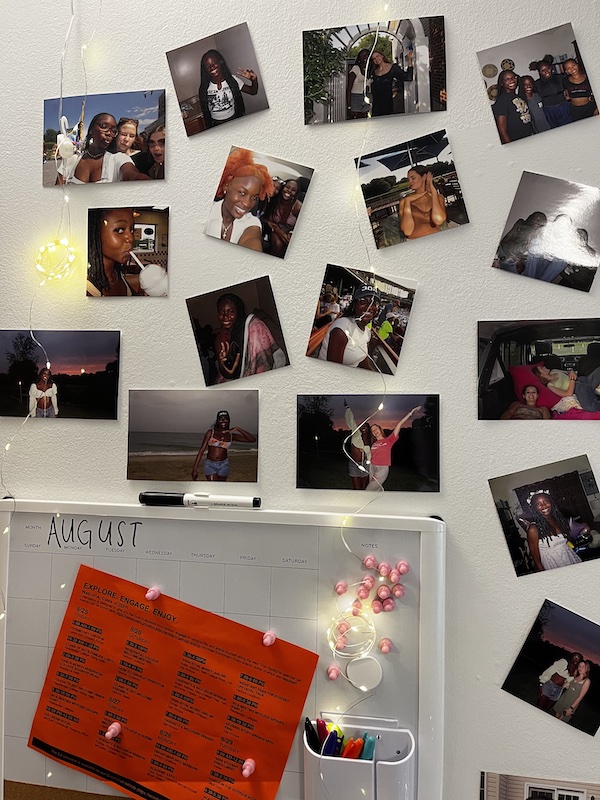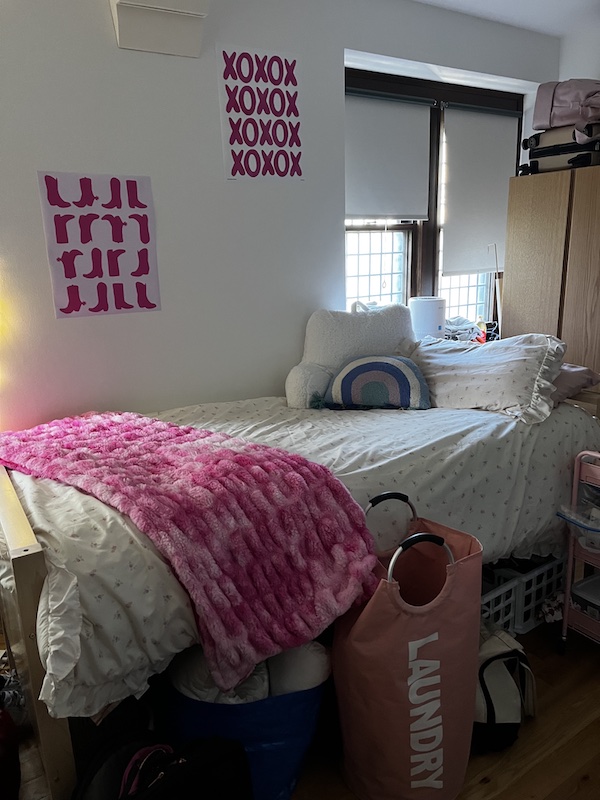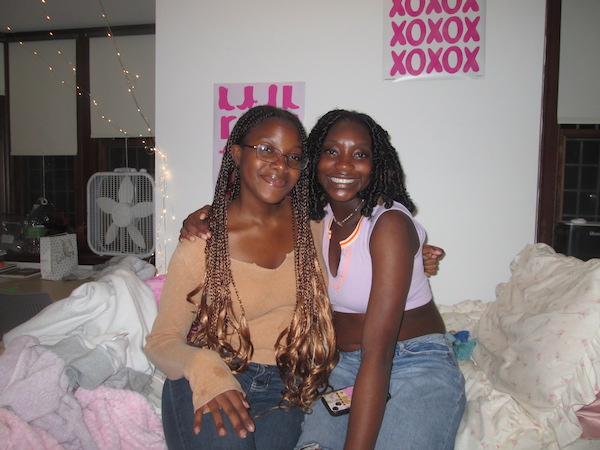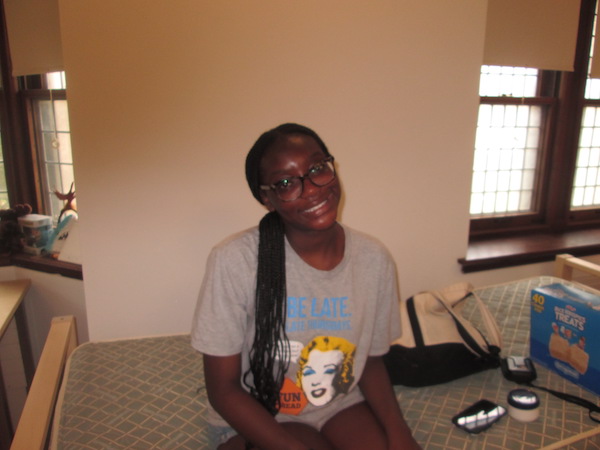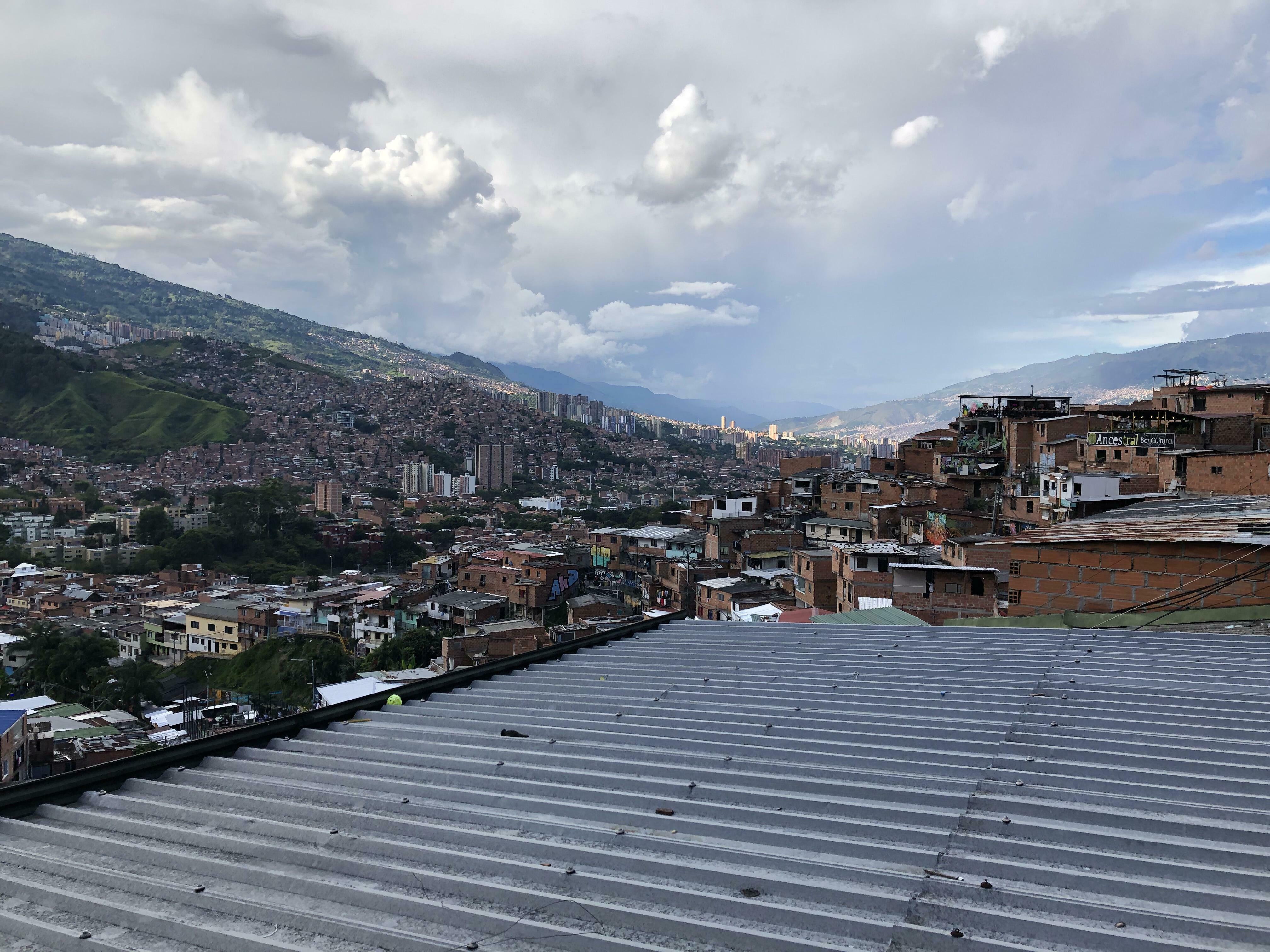When I first came to Princeton, I was overwhelmed with the amount of opportunity presented to me in just a mere few weeks. Those weeks blended into months and eventually, 2 semesters worth of saying “yes” led to a feeling I couldn’t quite pinpoint: burnout.
Being in the orange bubble is an experience that amplifies your sense of gratitude, confidence, and belief that anything is possible — and it truly is. Possibility is multiplied twofold at a place like Princeton. This is because Princeton connects you with the resources, the education, and the community to pursue your dreams. However, in this pursuit, it can be easy to forget to take care of yourself, to build healthy habits, and to form sustainable relationships.
Naturally then, when this Summer started, the weight of the semester crashed onto me and I felt myself exhausted on all fronts. Exhaustion seeped into bitterness, and soon I was in a battle where the only person I was fighting was myself and the goal was to accept that saying “no” was okay.
There is something scary about seeing passion and hope being overshadowed by discontentment. If passion and hope are the driving force behind joy, then discontentment is the thief of it. By some stroke of luck and a little bit of effort, I was able to overcome this feeling by not letting the orange bubble define me.
What did this look like? Well this summer, I ventured beyond Princeton and pursued an internship that would place me as far away as possible from New Jersey. This internship was a moment for me to figure out what I wanted to do professionally and subsequently, what type of culture I wanted to surround myself with moving forward. Culture, to me, meant the people I interacted with, the values I adopted, and the feeling that this community gave me.
My main takeaway from this experience is that while Princeton is a part of me, I am also a part of Princeton. Princeton has undoubtedly opened many doors for me that would have stayed closed otherwise. However, I am more than the academic and professional experiences that I have acquired up to this point. I am a culmination of the communities I surround myself with — back home, at school, and the places I’ve intimately explored.
This summer, I was fortunate enough to meet a remarkable group of individuals who have challenged my perspective and enriched my life in countless ways. Their enthusiasm and passion were infectious, and it was an honor to represent Princeton within this community. They taught me the invaluable lesson that our college experiences are not linear progressions but rather, dynamic journeys marked by growth and transformation.
Through their diverse backgrounds and experiences, I gained a deeper appreciation for the multifaceted nature of our time at Princeton. Our four years are a canvas upon which we paint our own unique stories, filled with both triumphs and setbacks. The orange bubble, while undoubtedly special, is just one chapter in a much larger narrative. By stepping outside of that environment, I realized the importance of cultivating a broader worldview and building connections that extend far beyond the campus.
Ultimately, it is through these experiences—both within and outside of Princeton—that we shape our identities and prepare ourselves for the complexities of the world beyond. The skills, knowledge, and relationships we forge will continue to evolve as we navigate the ever-changing landscape of our personal and professional lives.







